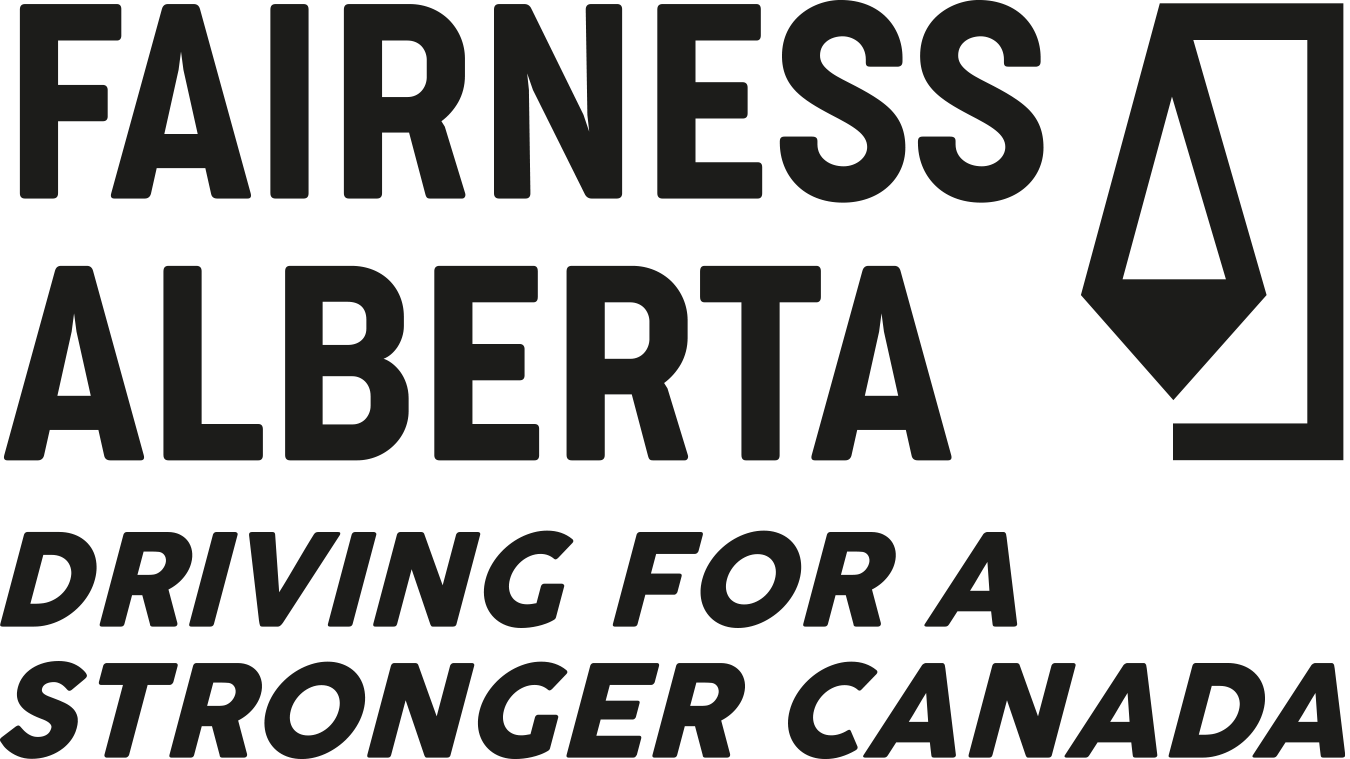EDMONTON, AB, June 16, 2020 – Fairness Alberta released an analysis today outlining eight concrete proposals to improve Canada’s Equalization Program. The first four recommendations would make the program fairer for Albertans, resulting in an approximate $3 billion reduction of their $17 billion annual net tax contribution made to the rest of Canada, and the remaining four offer solutions to other flaws that undermine the program.
“Equalization is extremely controversial and while it is only a part of Albertans’ $324 billion net federal contribution since 2000, we’ve presented reasonable reforms here that would significantly reduce that outflow while still providing support when provinces need it,” said Fairness Alberta Executive Director Dr. Bill Bewick.
The report is divided into three sections. The first shows that the federal government sends almost as many Albertan tax dollars to provincial governments through the Canada Health Transfer and Canada Social Transfer as it does through Equalization and resolves this by proposing they be replaced with a tax point transfer to the provinces.
The second section has three proposals to address concerns about the size and scope of Equalization. Currently, the program expands with GDP growth regardless of whether differences in fiscal capacity between provinces are shrinking. This section also includes a call for funding a robust fiscal stabilization program within the Equalization budget, so that massive shortfalls in any province (such as Alberta in 2016) can come from this pot rather than the same provinces splitting this $20 billion (and growing) transfer every year.
“Many academics and others routinely claim that there is no Equalization reform that would make a difference to Alberta,” said Dr. Bewick, “but these first four proposals would mean a lot to Albertans both in terms of dollars and in terms of fairness, and would reduce a lot of the animosity surrounding the program.”
Fairness Alberta recently launched a billboard and online campaign to make Canadians aware that Albertans have contributed more than $324 billion to the rest of Canada since 2000, playing a very large role in funding the social, educational, health, and infrastructure programs that make Canada one of the most livable countries on earth.
Education about these issues is a core function of Fairness Alberta and this report on Equalization adds to their recent analysis of the Fiscal Stabilization Program and overview of issues related to “Fiscal Fairness” under the issues tab at www.fairnessalerta.ca.
Regarding Fairness Alberta’s approach, Dr. Bewick explained that, “We are bridging the gap between experts and everyday misunderstandings about Equalization by gathering the best work that has been done into a clear and concise document, and then adding a few original proposals that are particularly relevant for Albertans.”
The final section has four proposals that remedy different flaws in the program, such as the fact that the formula only looks at a province’s relative ability to pay for core services while ignoring the relative costs to deliver those services in each province.
“While the last four recommendations wouldn’t directly impact Albertans, they highlight how problematic the Equalization Program is and lend credence to the urgency of reforming it for the sake of all Canadians,” added Dr. Bewick.
The full analysis of the Equalization Program can be found in the Issues section of our website. For more information on Fairness Alberta, its mandate and future plans, please visit our website at www.fairnessalberta.ca.
For further information or to arrange interviews, please contact:
Bill Bewick, Ph.D.
Executive Director
Fairness Alberta
Cell: (780) 996-6019
Email: [email protected]
8 Ways to Bring More Fairness to Equalization
- Replace the Canada Health Transfer (CHT) and Canada Social Transfer (CST) with tax points to eliminate their “equalization” duplication.
- Reduce the size of the Equalization program 50% over 5 years.
- Carve out a substantial revenue stabilization program within the current Equalization program to ensure the program offers something to everyone.
- Make overall Equalization payments shrink when the inequality in fiscal capacities shrinks.
- Costs of delivering services should weigh into the equation as much as the fiscal capacity to fund them.
- Remove non-renewable resource revenues.
- Include the full fiscal capacity of Crown Corporations, particularly Hydro-power related entities.
- Claw back equalization payments for provinces that choose to have relatively high spending.
For complete analysis go to fairnessalberta.ca/equalization

